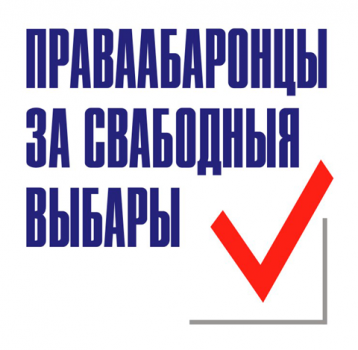Election of the President of Belarus 2010: Preliminary Report on Monitoring Formation of Precinct Election Commissions
GENERAL CONCLUSIONS
1. November 3 was the deadline for forming precinct election commissions (PECs) – one of the key mechanisms of the election process, directly in charge of organizing the voting and vote count.
2. Certain positive features introduced into the electoral legislation in December 2010[1] did not change the essence of the PEC formation process: absolute control by local executive committees, which are elements of the "power vertical" of the incumbent president.
3. Among 84,084 candidates nominated to 6,346 PECs by political parties, public associations, labour collectives and citizen groups, only 1,073 persons were nominated by opposition political parties. The remaining candidates were nominated under the control of local authorities, who defined respective "quotas" for state enterprises and organizations and approved the offered candidates well before the end of the nomination process.
4. The sittings of executive committees and local administrations where PECs were formed (held on November 1-3) were relatively open to observers, but were extremely formal. In most cases they just approved – very quickly and on a non-alternative basis – the lists of commission members, prepared before the sittings in a closed manner.
5. The discriminatory attitude of executive committees to candidates from opposition parties was obvious; out of 1,073 candidates to PECs from these parties only 183 persons, or 17.1 percent, became commission members. At the same time the average "passing rate" of other candidates was 84.3 percent (70,815 members out of 84,024 candidates); the figure for the parties loyal to the authorities was 87.7 percent (1586 out of 1808), while with the candidates from 4 major pro-governmental public associations and 1 trade union the figure was 93.2 percent (23,689 persons out of 25,419 candidates became PEC members).
6. As a result, the nominees of opposition parties make up only 0.25 percent of the total PEC members and will work in less than 3 percent of them. This deprives them of any effective opportunity to influence the work of commissions, and accordingly, the key point of the election process – voting and the vote count.
7. Most of the members of the newly formed PECs had at least once been members of such commissions at previous local, parliamentary or presidential elections, which were neither free nor fair.
8. According to the campaign "Human Rights Defenders for Free Elections", 77 complaints were filed regarding decisions of local executive committees on PEC formation. A lack of clear criteria for PEC members, the formal nature of consideration of complaints by the courts and the fact that none of the similar complaints on non-inclusion into the territorial election commissions (TECs) was satisfied render the appeal process ineffective in ensuring any fair election process.
9. Therefore, the process of formation of PECs virtually has not differed from the TEC formation process. While the process was conducted generally in line with national legislation and without significant violations, the resulting PECs cannot be viewed as impartial and unbiased.
Here's the complete text of the analysis: Election of the President of Belarus 2010: Preliminary Report on Monitoring Formation of Precinct Election Commissions
[1] Restriction on the number of state servants as members of commissions, the guarantee of inclusion into commissions of at least one third of representatives of political parties and public associations, and a possibility to challenge the decisions on formation of commissions in court.


















